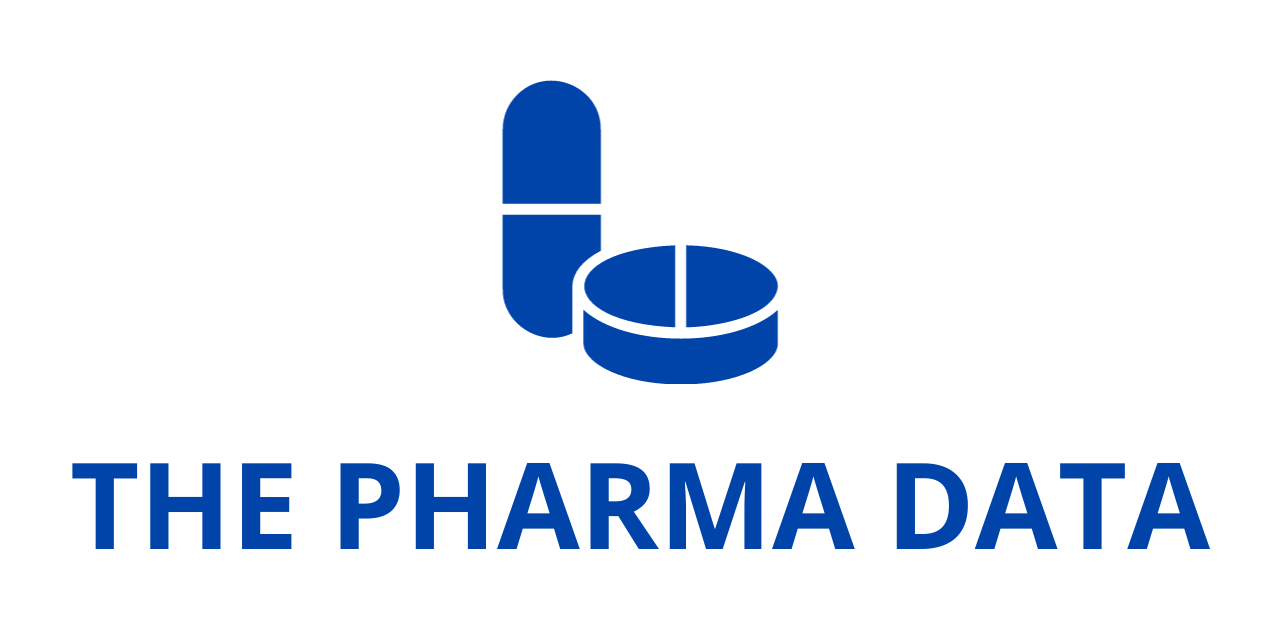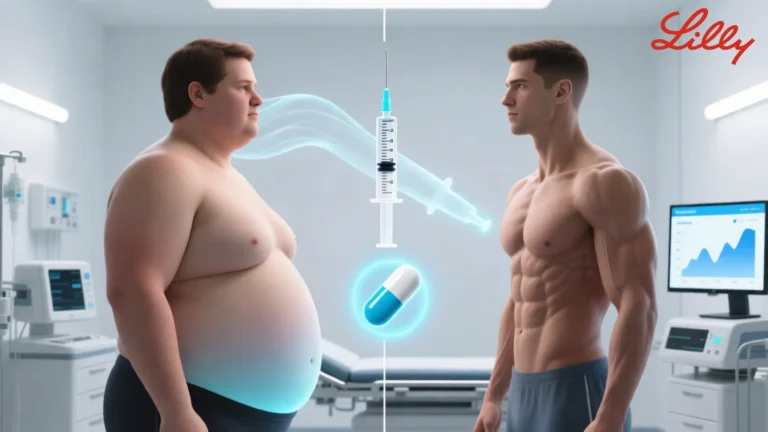
Savara Presents New Phase 3 IMPALA-2 Data on Molgramostim for Autoimmune Pulmonary Alveolar Proteinosis at ERS Congress 2025
Savara Inc. (Nasdaq: SVRA), a clinical-stage biopharmaceutical company dedicated to developing therapies for rare respiratory diseases, announced the presentation of new analyses from its pivotal Phase 3 IMPALA-2 clinical trial of molgramostim inhalation solution in patients with autoimmune pulmonary alveolar proteinosis (aPAP). The data were showcased through poster presentations at the European Respiratory Society (ERS) Congress 2025 in Amsterdam, The Netherlands.
The results highlight not only the clinical benefits of molgramostim across varying levels of disease severity but also its impact on patient functionality, quality of life, and lung pathology. Importantly, the presentations reinforce the central role of pulmonary gas transfer measurement in assessing therapeutic impact in this rare and debilitating lung disorder.
Understanding aPAP and the Role of Molgramostim
Autoimmune pulmonary alveolar proteinosis is a rare lung disease caused by the accumulation of surfactant in the alveoli, the tiny air sacs responsible for oxygen exchange. This accumulation results from neutralizing autoantibodies against granulocyte-macrophage colony-stimulating factor (GM-CSF), a protein critical for surfactant clearance by alveolar macrophages.
Patients with aPAP Savara experience symptoms such as progressive shortness of breath, fatigue, cough, and reduced exercise tolerance. In severe cases, the disease can lead to significant respiratory failure, requiring interventions such as whole-lung lavage (WLL), a highly invasive procedure in which both lungs are washed to physically remove accumulated surfactant.
Molgramostim, Savara an inhaled formulation of recombinant human GM-CSF, is designed to bypass the neutralizing effect of circulating antibodies by delivering the therapy directly to the lungs. Through this mechanism, it aims to restore surfactant clearance, improve lung function, and alleviate the burden of disease.
Poster Presentation 1: Efficacy Across Disease Severity
Title: Efficacy of Inhaled Molgramostim According to Severity of Autoimmune Pulmonary Alveolar Proteinosis (aPAP)
Presenter: Dr. Cormac McCarthy, Associate Professor of Medicine at University College Dublin and Consultant Respiratory Physician at St. Vincent’s University Hospital, Dublin, Ireland
Poster Number: PA3026
Key Findings
This Savara analysis focused on whether molgramostim provided similar clinical benefits in patients with differing levels of baseline disease severity. Severity was categorized based on DLco% (diffusing capacity of the lungs for carbon monoxide, adjusted for hemoglobin levels) at randomization, with two subgroups:
- Patients with DLco% ≤ 50%, representing more severe impairment in gas transfer.
- Patients with DLco% > 50%, representing less severe impairment.
The primary endpoint of the IMPALA-2 trial was change in DLco% from baseline to Week 24. Across both severity groups, molgramostim demonstrated improvement compared with placebo.
In addition, molgramostim significantly improved several clinically meaningful secondary outcomes:
- Pulmonary gas transfer (DLco%) improved, confirming a direct effect on lung physiology.
- Respiratory health-related quality of life, as measured by the St. George’s Respiratory Questionnaire (SGRQ), showed significant benefits. Both Total and Activity scores improved, indicating that patients experienced fewer symptoms and were better able to perform daily tasks.
- Patient functionality, measured by exercise capacity in peak metabolic equivalents (METs), also improved with molgramostim compared with placebo.
These Savara results suggest that molgramostim benefits patients across the disease severity spectrum, reinforcing its potential as a broadly applicable therapy in aPAP.
Poster Presentation 2: Linking Gas Transfer, Quality of Life, and Pathology
Title: Relationship Between Pulmonary Gas Transfer, Respiratory Health-related Quality of Life (HRQoL), Exercise Capacity, and Surfactant Burden in Autoimmune Pulmonary Alveolar Proteinosis
Presenter: Dr. Francesco Bonella, Head of the Center for Interstitial and Rare Lung Diseases, Ruhrlandklinik University Hospital, Essen, Germany
Poster Number: PA3027
Rationale
DLco% was selected as the primary endpoint of IMPALA-2 because it is a widely used and standardized measure of pulmonary gas transfer in clinical practice. Importantly, DLco% not only reflects physiologic function but also correlates with disease pathology, including surfactant accumulation.
Post-hoc Correlation Analyses
The investigators performed correlation analyses using trial data to examine how changes in DLco% relate to broader clinical outcomes.
- DLco% and HRQoL: Significant negative correlations were observed between DLco% and SGRQ Total and Activity scores. Since higher SGRQ scores indicate worse quality of life, this inverse relationship confirms that improvements in gas transfer translate into meaningful improvements for patients’ day-to-day well-being.
- DLco% and surfactant burden: Ground-glass opacity scores on imaging, which reflect surfactant accumulation in the lungs, also correlated with DLco%. Patients with improved DLco% showed reductions in surfactant burden, strengthening the link between physiology and pathology.
- DLco% and functionality: Significant positive correlations were observed between DLco% and exercise capacity (peak METs) at both Week 24 and Week 48. This indicates that as lung gas transfer improved, so too did patients’ physical performance and endurance.
Clinical Implications
These findings support DLco% as a clinically meaningful and relevant endpoint in aPAP. Improvements in DLco% were not isolated laboratory metrics; they corresponded with better quality of life, increased functionality, and reduced evidence of disease burden on imaging. For a rare disease with limited treatment options, this reinforces the value of molgramostim as a therapy that addresses both measurable physiology and patient-centered outcomes.

Poster Presentation 3: Advancing Diagnostics in aPAP
Title: Development of a Dried Blood Spot Assay for the Detection of GM-CSF Autoantibodies to Aid in the Diagnosis of Autoimmune Pulmonary Alveolar Proteinosis
Presenters: Dr. Eagappanath Thiruppathi, Director of Test and Method Development, TrilliumBiO, and Joannah Kim, Vice President of Development and Operations, TrilliumBiO
Poster Number: PA3025
The Need for Better Diagnostics
Timely and accurate diagnosis of aPAP is critical, as symptoms often mimic other interstitial or rare lung diseases. Currently, diagnosis requires specialized assays to detect GM-CSF autoantibodies, which may not always be accessible or convenient.
Development of the Dried Blood Spot (DBS) Assay
TrilliumBiO researchers developed a particle-based flow cytometry assay capable of quantifying GM-CSF autoantibodies from dried blood spot samples. This represents a significant innovation because dried blood spots can be obtained easily through fingerstick sampling, dried on filter paper, and shipped without special handling.
Study Findings
- A strong linear correlation was demonstrated between autoantibody levels measured in venipuncture-derived serum and those from DBS samples.
- The assay showed high precision and sensitivity, confirming its reliability.
- DBS-based testing offers a practical, less invasive, and highly scalable approach to confirm or rule out aPAP in patients with suspected disease.
This advancement has the potential to streamline diagnosis, reduce delays, and expand access to specialized testing, particularly in underserved regions.
Broader Significance of ERS 2025 Presentations
The presentations at ERS Congress 2025 illustrate several important themes for the field of rare respiratory disease:
- Therapeutic Validation: Molgramostim continues to demonstrate consistent benefits across multiple endpoints and patient subgroups, strengthening its case as a first-in-class therapy for aPAP.
- Endpoint Relevance: DLco% has emerged as not just a trial measure but a clinically meaningful indicator of disease burden and patient well-being.
- Diagnostic Progress: The development of a DBS-based assay for GM-CSF autoantibodies may transform the diagnostic landscape, complementing therapeutic advancements.
For patients with aPAP, a disease historically treated with invasive procedures and lacking targeted therapies, these developments mark a turning point toward personalized and accessible care.
Accessing the Posters
The posters presented at ERS 2025 are available on the Congresses & Publications page of Savara’s corporate website. Interested clinicians, researchers, and stakeholders are encouraged to review the full data to gain deeper insights into the findings.





